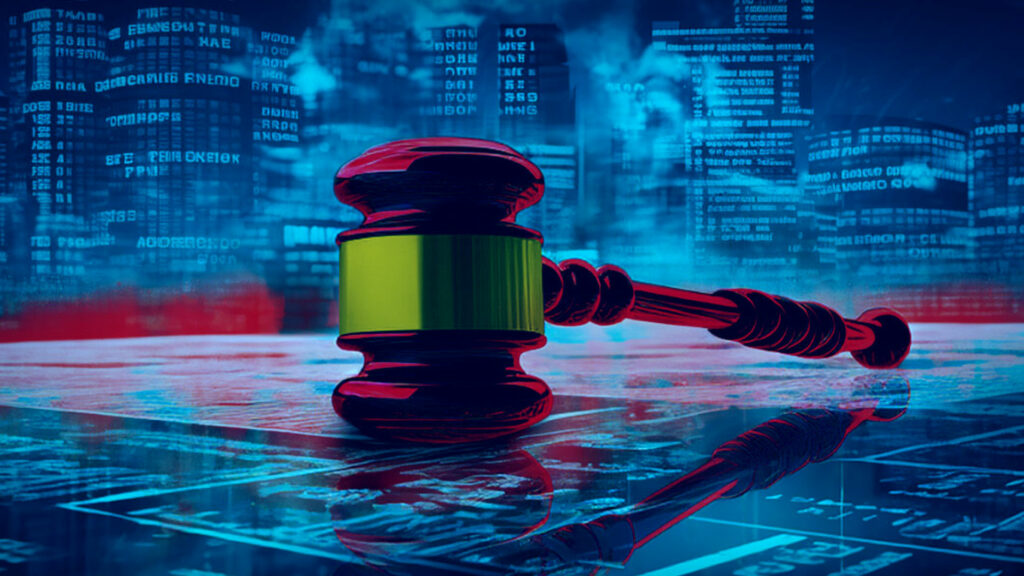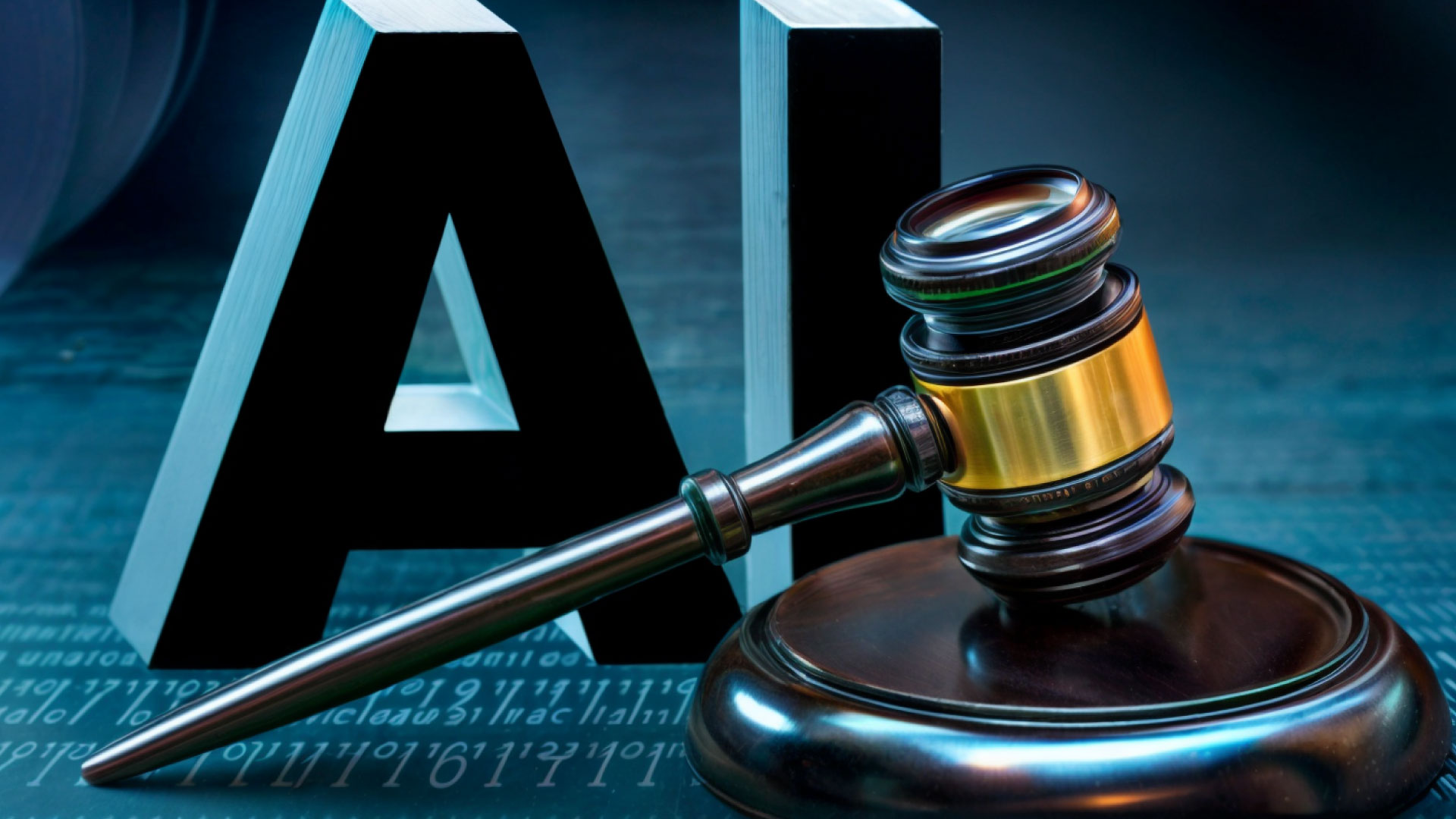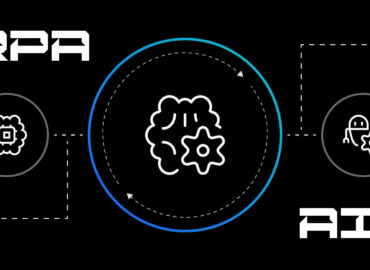AI Legislation and Regulations
Introduction
Articificial Intelligence has changed the paradigm of the modern world and how we understand technology today. With the benefits of AI, many legal aspects must be dealt with. For this purpose, AI legislation is made to ensure the safety and privacy of human beings. In addition, these laws also put limits on the use of AI and define its responsibilities. The aim is to bring government heads together to come to a unanimous decision on regulating the use of AI. Following is an explanation of AI legislation, its risks, and possible measures taken by government bodies.
What is AI legislation?
A law, or legislation, is a contract that binds two or more entities together. The need arises because, with advances, there are many abuses. Where a technology has numerous benefits, it can also be misused anyway. Many private industries and businesses are adapting to AI, given its autonomous and automated systems. But to agree on the same page, decision-makers must come together to formulate a single document. For this purpose, countries have decided to regulate AI policies concerning governance and use in various fields.
AI risks
Artificial intelligence is associated with many risks and threats. The European Union has submitted regulations for AI in April 2021 under the EU’s AI Act. The proposal mainly deals with the risks of AI, which may harm users. The act categorizes the risk into four categories, from high to low, and some of them must be banned. Additionally, important aspects were prioritized, such as non-discrimination, safety, transparency, and environmental friendliness.
Some of the risks that are harmful and must be banned or restricted are listed as follows:
1. Ban on AI
Any AI feature that is used to harm, manipulate, or exploit human beings must be banned. Some of these dangerous uses include the following:
- Behavioral manipulation through AI is caused by many technologies, such as voice recognition. Any device that may get activated through specific commands and cause harm to people is banned.
- Categorizing people based on their cognitive abilities, personality traits, or social status is banned.
- Biometric identification without government or legal permission is banned.

2. Restrictive use of AI
While there are certain aspects in which AI is banned, there are others where its use is restricted. Especially, EU countries have agreed on a proposal suggesting a safe and secure use of AI. For this, they have devised a plan and rules to be followed. Following is a list that entails limited use of AI in order to protect the basic rights of human beings.
3. High-risk devices
Certain products have AI algorithms, which can pose a high risk. The use of these products must fall under the EU’s product safety legislation to ensure human protection. These include cars, aircraft, medical equipment, and even toys.
However, there are certain services and uses that incorporate AI and require registration with the EU database. International bodies like the Global Partnership on Artificial Intelligence (GPAI) also advocate for a human-friendly AI in light of human rights and the spirit of democracy. These specific areas include:
- In Managing and operating infrastructure
- In educational and vocational institutes
- In business administration, like HR and employment services
- In services related to public and private use
- In law enforcement agencies
- In asylum and territorial management
- In legal advisory and enforcement of law
In addition, all AI devices and services must be put to the test and regularized before being put into public use.

Regulations for AI
There is an ongoing debate regarding the proper legislation and regulation of AI. Most of the experts opine that AI regulation must come before legislation. Last year, in 2023, an AI summit was convened to bring together government heads and policymakers. The purpose was to formulate AI rules and roles, inclusive of human rights and related concerns.
Some of the top parameters that must be addressed regarding AI are as follows:
1. Privacy
Privacy is the foremost concern of every individual and institution. Today, AI algorithms regulate data across all industries. Although it has improved the traditional system, it has increased risks. To regulate AI, data must be encrypted with security to reduce any breaches.
2. New bills
Regulating AI may lead to introducing new bills and ratifications. This will need a much more elaborate and specific approach. Some cons of AI algorithms are that they can favour one entity while discriminating against others. Hence, to provide an equal opportunity for everyone, there must be a legal body to oversee such issues.
3. Institutional approach
As discussed in the point above, rules for AI must be written according to its architectural structure. Many industries are private and have their own policies for managing business. But in regards to AI, there must be a collective agreement on certain rulings. Hence, each institute must comply with the rules to avoid any serious consequences or violations.
Conclusion
AI is not a domestic but a global challenge. It will completely transform the landscape of technology and human life in the coming years. Right now, everyone marvels at the things AI can do and what it will offer. But side by side, people have apprehensions regarding the role of AI. Hence, proper legislation and regulation must be in place regarding this technology. The goal is to utilize its benefits for humankind. It must be under supervision despite its superintelligence and automotive functions. It must not fall into the wrong hands and not be used for malicious purposes. Rather, all must agree on denouncing such actions and monitoring their use.







